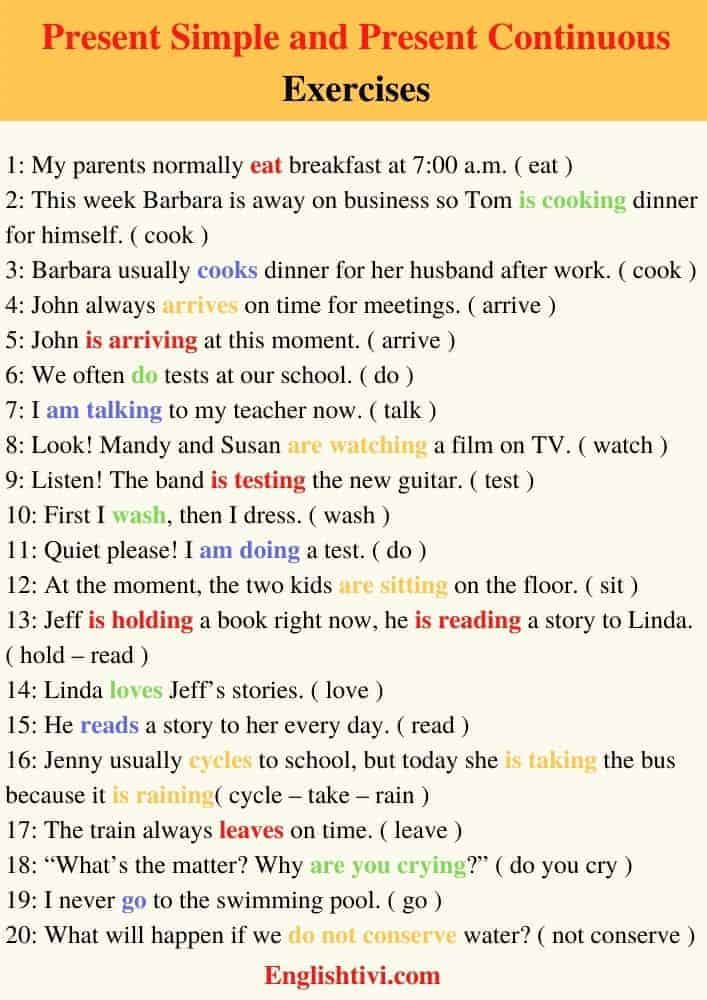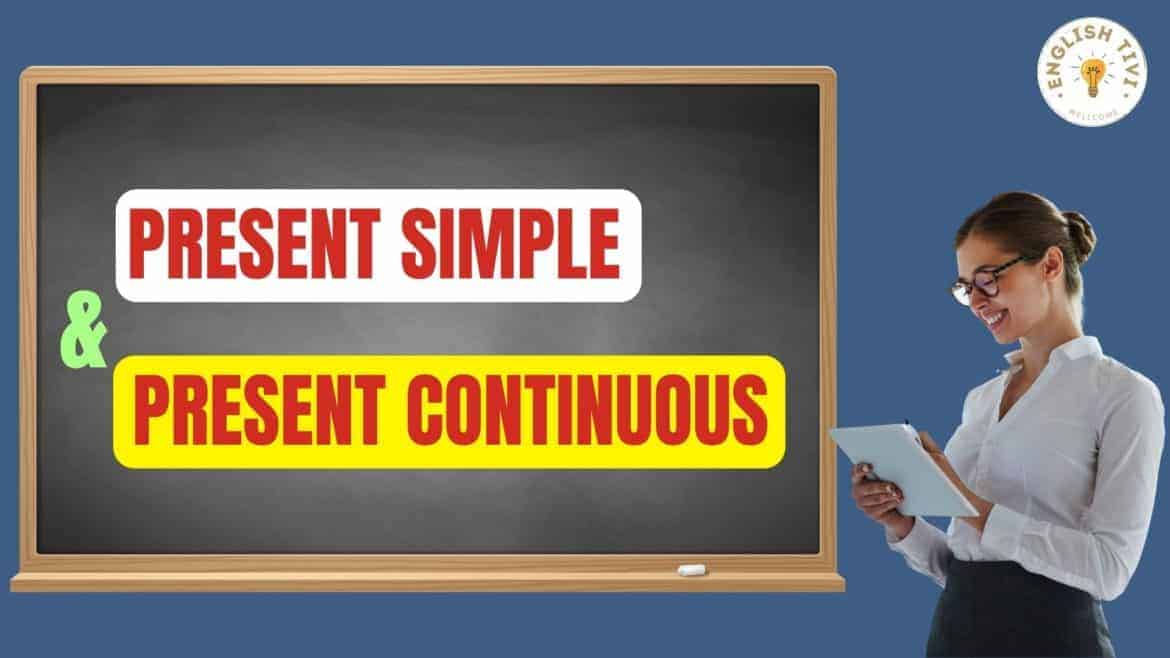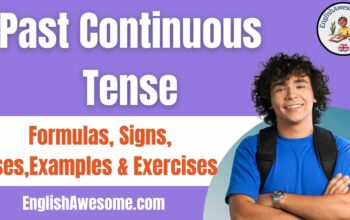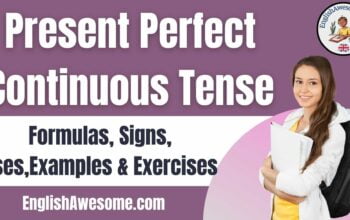Present Simple and Present Continuous often confuse many students in the test, not knowing the difference between structure and meaning. So, let's review our knowledge of present simple and present continuous. You need to firmly grasp the structure and function of these two tenses to serve as the foundation for the following parts.
⏩ Sign Up to Get Bonus
You might also like: ALL the English Grammar Basics You Need
Signal words for the Present Simple and Present Continuous
One of the vital clues to correctly distinguish these two tenses is based on the adverb. The present simple and present continuous have some very typical adverbs. If we see them appearing in a sentence, we must associate these two tenses immediately. Remember the regular adverbs of these two tenses:
| Present Simple | Present Continuous |
| + Often, usually, frequently + Always, constantly + Sometimes, occasionally + Seldom, rarely + Every day/ week/ month… | + Now + Right now + At the moment + At present + Look! Listen!… |
Structure of Present Simple Tense and Present Continuous Tense
Let's see the structure of present simple and present continuous in the following table:
| Present Simple | Present Continuous | |
| + | S + V(s/es) + O Example: He frequently plays tennis. | S + am/is/are + V-ing + O Example: The children are playing football now. |
| – | S + do/does not + V-inf + O Example: She doesn’t usually play tennis. | S + am/is/are + not + V-ing + O Example: The children are not playing football right now. |
| ? | Do/Does + S + V-inf + O? Example: Do you often play tennis? | Am/Is/Are + S + V-ing + O? Example: Are the children playing football at present? |
How to use Present Simple and Present Continuous
| Present Simple | Present Continuous |
| 1. Expressing a habit, an action that occurs frequently and repeatedly in the present. – She watches TV every night. – What do you do every day? – I go to school by bicycle occasionally. 2. Describe a truth, an obvious truth. – The sun rises in the East. – Henry comes from England. – I am a student. 3. Describe an available schedule, timetable, program. – The plane leaves for USA at 10.30 pm. 4. Used after time phrases when, as soon as… and in conditional sentences of type 1. – I will call you as soon as I arrive. – We will not believe you unless we see it ourselves. | 1. Describes an action that is happening at the moment. – The children are playing football now. – What are you doing at the moment? 2. Used after the suggestion, the command. Look! The child is crying. Be quiet! The baby is sleeping in the next room. 3. This tense is also used to express an action that is about to happen. (Near Future Tense). – He is coming tomorrow. – My parents are planting trees tomorrow. Note: Do not use present continuous with verbs indicating perception, perception such as: be, become, see, hear, understand, know, like, want, glance, feel, think, smell, love, hate, realize, seem, remember, forget, belong to, believe … With these verbs, we replace it with the Present Simple tense – I am tired now. – She wants to go for a walk at the moment. |
Spelling Rules
| Spelling Rules in Present Simple | Spelling Rules in Present Continuous |
| 1. We add s to form the 3rd person singular of most verbs. But we add es when the verb ends in o, sh, s, ch, x, z. – teach –> teaches. 2. If the verb ends in y and is preceded by a consonant, we change the y to i before adding es. – try –> tries. – study –> studies | 1. If the verb ends in a simple e, drop this e before adding ing. (except verbs: to age), to dye, to singe and verbs ending in ee) – come –> coming 2. Verbs that end in a vowel in between two consonants double the last consonant and add ing. – run –> running – begin –> beginning 3. If the verb ends in ie, change it to y and then add ing. – lie –> lying 4. If the verb ends in l and is preceded by a single vowel, then we also double that l and add ing. – travel –> travelling |
You might also like: Distinguishing Simple Future, Near Future & Present Continuous
Present Simple and Present Continuous Exercises
Exercises
1: My parents normally ……………….. breakfast at 7:00 a.m. ( eat )
2: This week Barbara is away on business so Tom ……………….. dinner for himself. ( cook )
3: Barbara usually ……………….. dinner for her husband after work. ( cook )
4: John always ………………..on time for meetings. ( arrive )
5: John ………………..at this moment. ( arrive )
6: We often………………..tests at our school. ( do )
7: I………………..to my teacher now. ( talk )
8: Look! Mandy and Susan ………………..a film on TV. ( watch )
9: Listen! The band ………………..the new guitar. ( test )
10: First I ……………….., then I dress. ( wash )
11: Quiet please! I………………..a test. ( do )
12: At the moment, the two kids ………………..on the floor. ( sit )
13: Jeff ……………….. a book right now, he ……………….. a story to Linda. ( hold – read )
14: Linda………………..Jeff’s stories. ( love )
15: He ……………….. a story to her every day. ( read )
16: Jenny usually ……………….. to school, but today she ………………..the bus because it………………… ( cycle – take – rain )
17: The train always ……………….. on time. ( leave )
18: “What’s the matter? Why ………………..?” ( do you cry )
19: I never ………………..to the swimming pool. ( go )
20: What will happen if we ……………….. water? ( not conserve )
Answers
1: My parents normally eat breakfast at 7:00 a.m. ( eat )
2: This week Barbara is away on business so Tom is cooking dinner for himself. ( cook )
3: Barbara usually cooks dinner for her husband after work. ( cook )
4: John always arrives on time for meetings. ( arrive )
5: John is arriving at this moment. ( arrive )
6: We often do tests at our school. ( do )
7: I am talking to my teacher now. ( talk )
8: Look! Mandy and Susan are watching a film on TV. ( watch )
9: Listen! The band is testing the new guitar. ( test )
10: First I wash, then I dress. ( wash )
11: Quiet please! I am doing a test. ( do )
12: At the moment, the two kids are sitting on the floor. ( sit )
13: Jeff is holding a book right now, he is reading a story to Linda. ( hold – read )
14: Linda loves Jeff’s stories. ( love )
15: He reads a story to her every day. ( read )
16: Jenny usually cycles to school, but today she is taking the bus because it is raining( cycle – take – rain )
17: The train always leaves on time. ( leave )
18: “What’s the matter? Why are you crying?” ( do you cry )
19: I never go to the swimming pool. ( go )
20: What will happen if we do not conserve water? ( not conserve )

Subscribe to the English TV channel on Youtube to improve your English skills!
Read more: English Grammar





